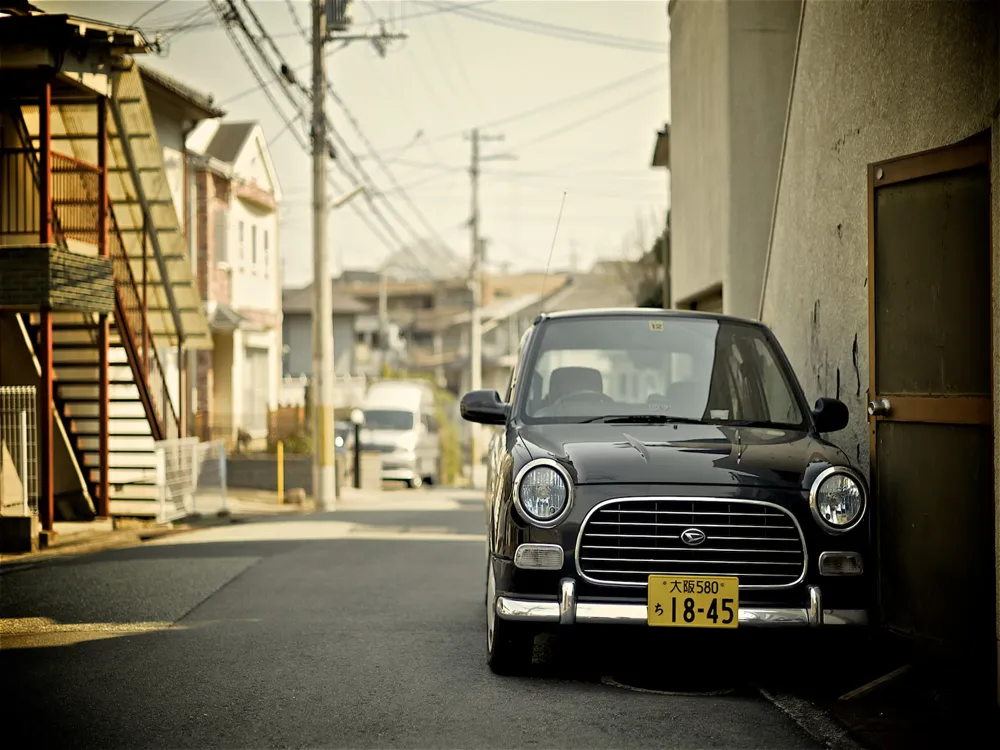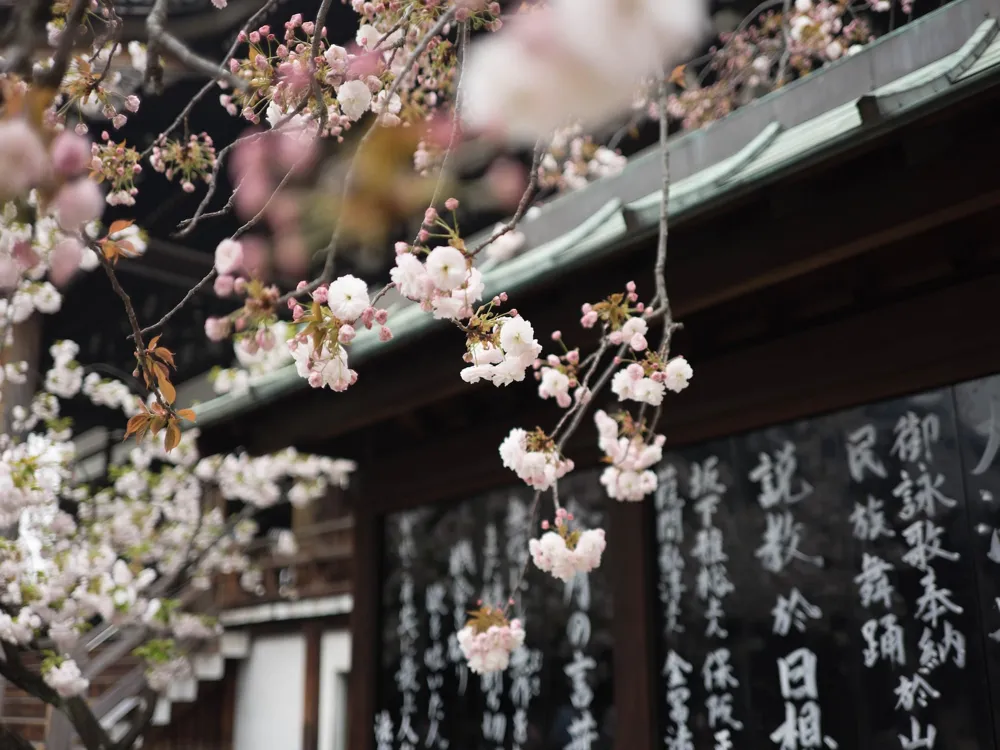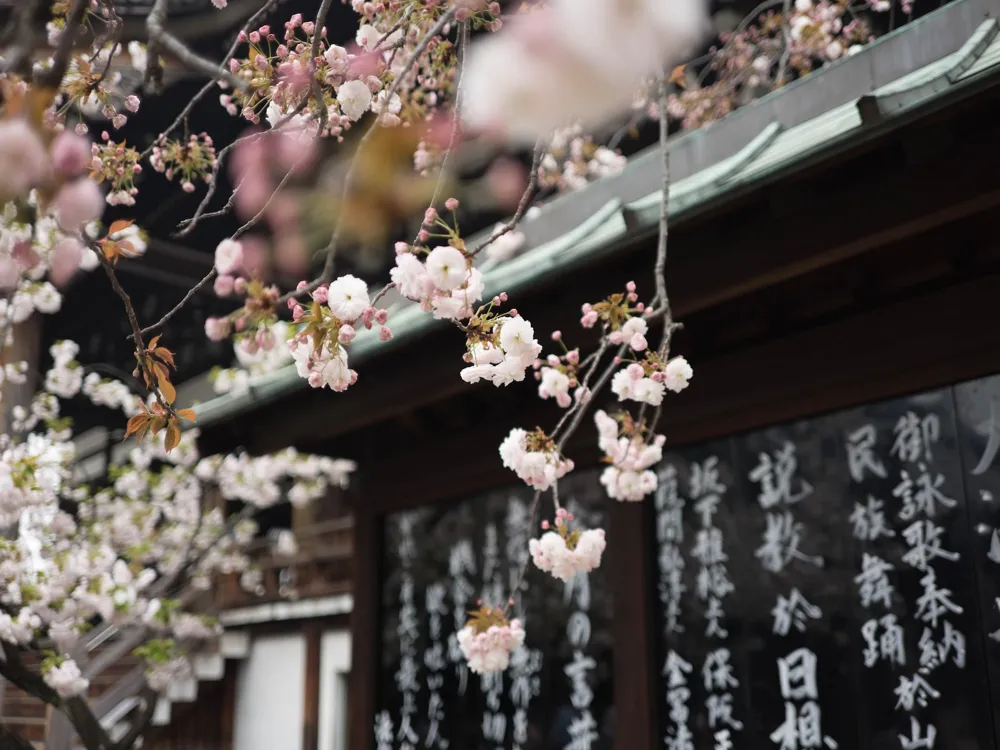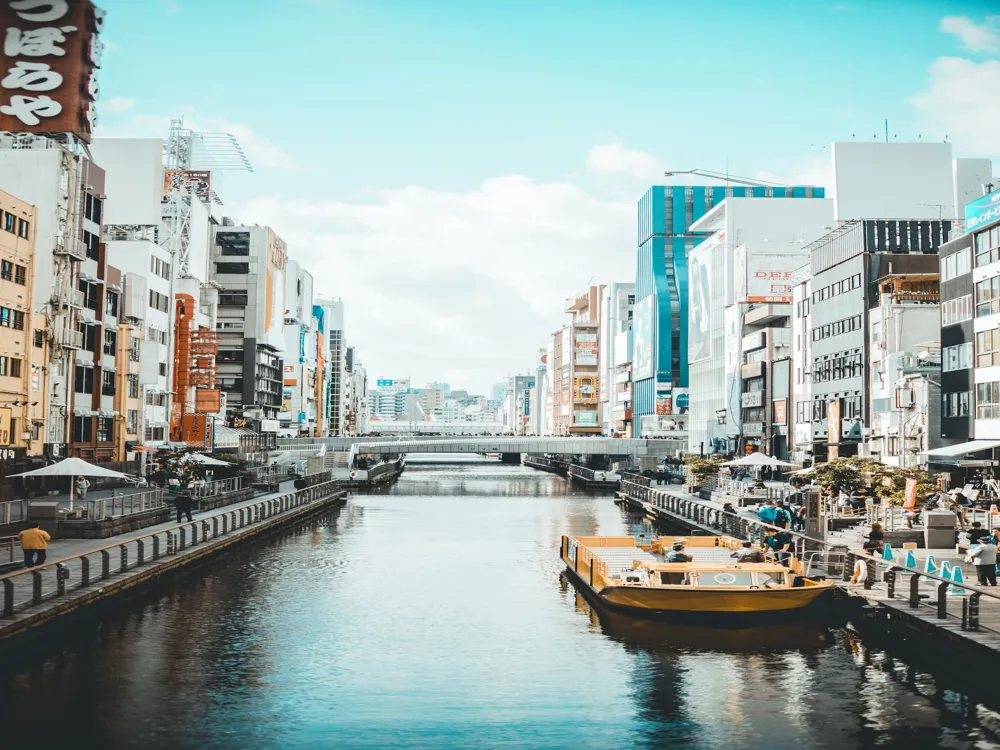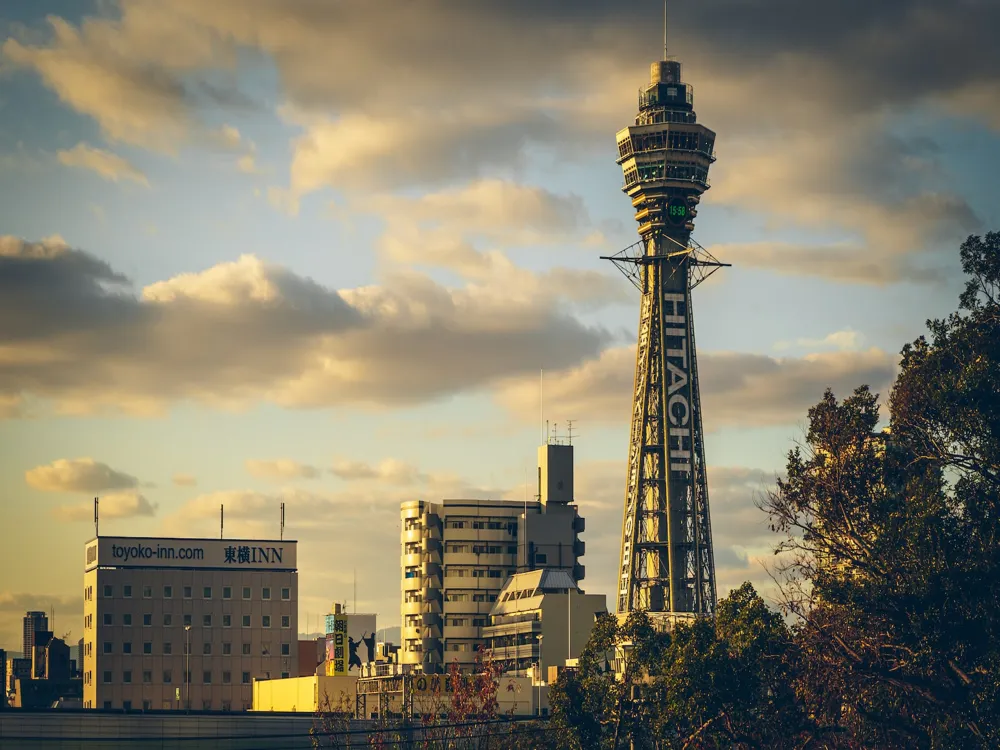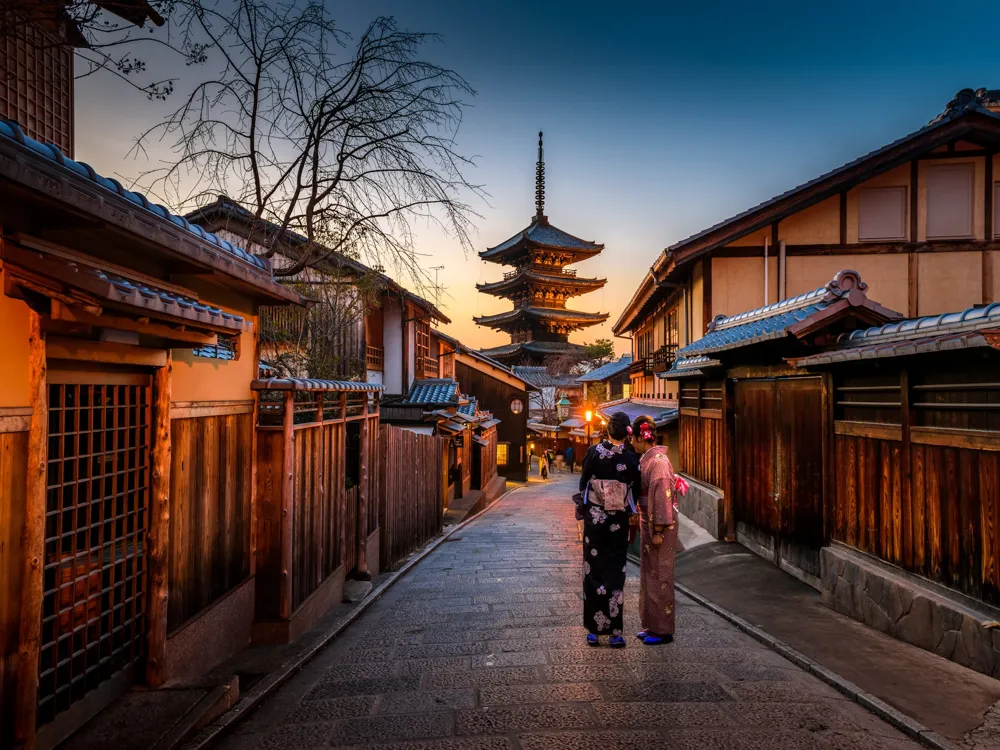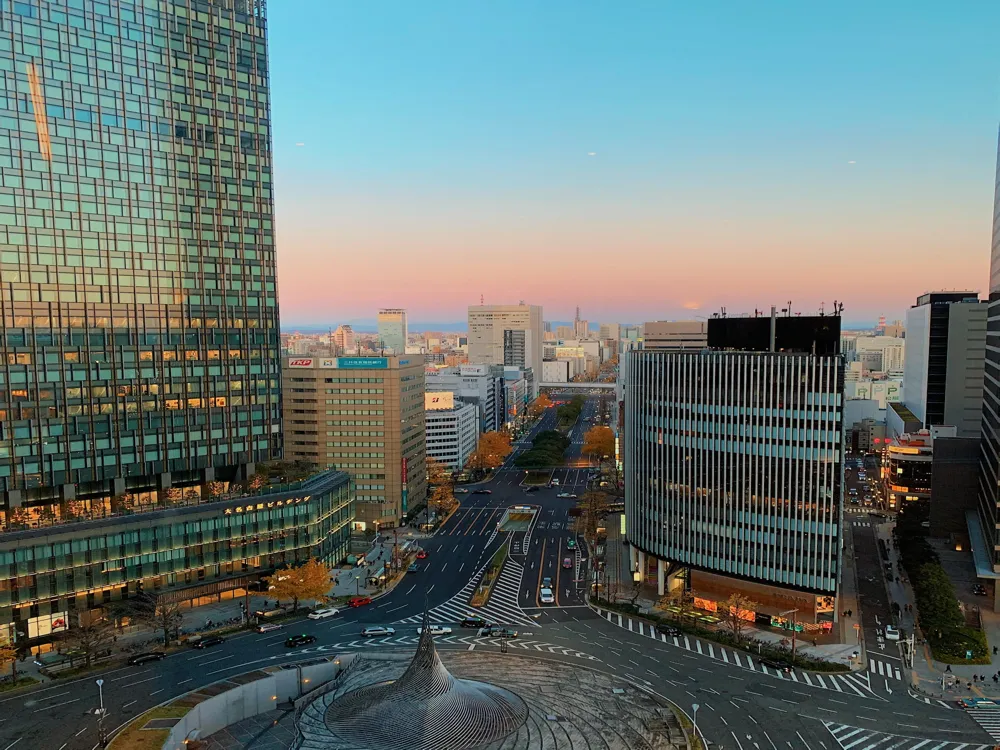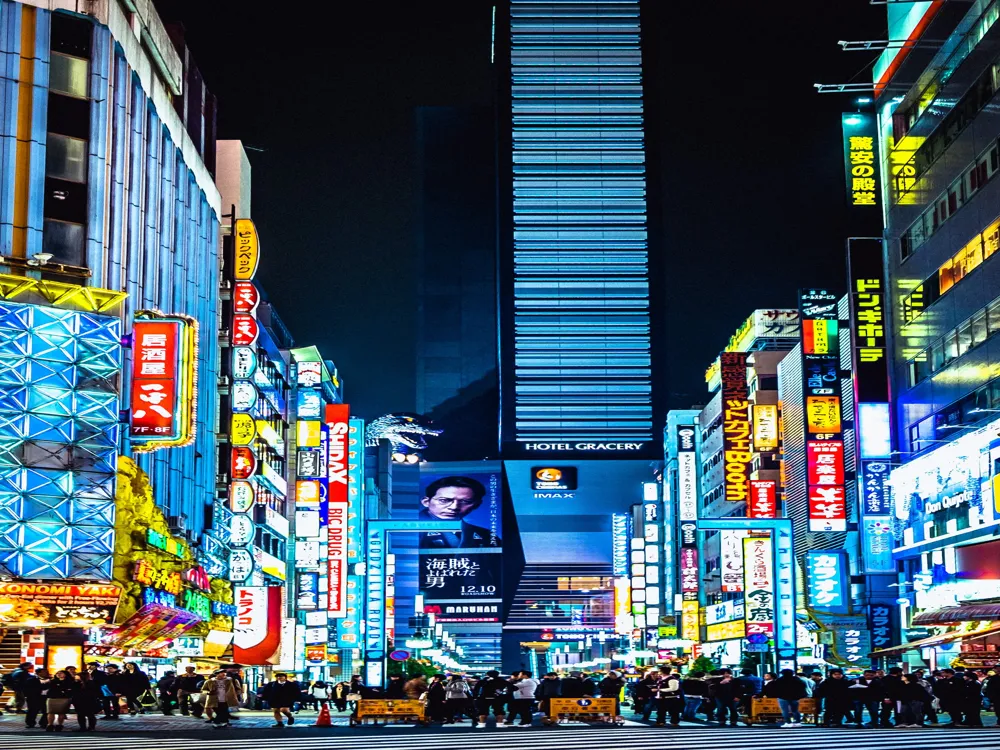Bunraku, also known as Ningyō jōruri, is a form of traditional Japanese puppet theatre. It originated in Osaka in the 17th century. Bunraku combines narrative storytelling, music, and puppetry in a sophisticated and highly artistic manner. The narratives are emotionally engaging, and the puppetry is extremely intricate, with the puppets being manipulated by skilled puppeteers. The architecture of Bunraku theatres is traditionally Japanese, often featuring a minimalist design with a focus on natural materials. The main stage is designed specifically for puppetry performances, ensuring clear visibility for the audience while providing the necessary mechanisms and space for the puppeteers to work their magic. The theatres also have a unique acoustic design to enhance the sounds of the shamisen (a three-stringed musical instrument) and the narrators' voices. Before attending a performance, familiarize yourself with the basics of Bunraku to enhance your appreciation of the art form. Understand the roles of the narrator, puppeteers, and musicians. Be punctual, silence your phone, and avoid flash photography. Unlike some Western theatres, it's customary to applaud only at the end of the performance. Non-Japanese speakers should check if the theatre offers English headsets. These can provide valuable translations and insights into the performance. To visit Bunraku Theatre, you can use public transport such as buses or trains, as it's centrally located in Osaka. The closest train stations are Nipponbashi Station and Namba Station. From there, the theatre is within walking distance. If you prefer, taxis are readily available throughout Osaka, offering a convenient, though more expensive, option. Read More:Overview of Bunraku Theatre of Osaka
Architecture of Bunraku Theatre
Tips When Visiting Bunraku Theatre
Understand the Basics of Bunraku
Respect Theatre Etiquette
Opt for English Headsets if Available
How To Reach Bunraku Theatre
Bunraku Theatre
Osaka
₹ 109,999 onwards
View osaka Packages
Weather :
Tags : Shows & Theatres
Timings : Three-Week runs in January, April, June and November.
Entry Fee : Depends on the show
Planning a Trip? Ask Your Question
Osaka Travel Packages
View All Packages For Osaka
Top Hotel Collections for Osaka

Private Pool

Luxury Hotels

5-Star Hotels

Pet Friendly
Top Hotels Near Osaka
Other Top Ranking Places In Osaka
View All Places To Visit In osaka
View osaka Packages
Weather :
Tags : Shows & Theatres
Timings : Three-Week runs in January, April, June and November.
Entry Fee : Depends on the show
Planning a Trip? Ask Your Question
Osaka Travel Packages
View All Packages For Osaka
Top Hotel Collections for Osaka

Private Pool

Luxury Hotels

5-Star Hotels

Pet Friendly







